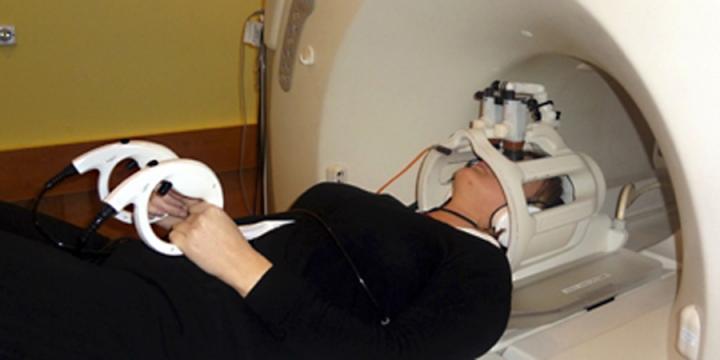Human Voice Areas
Spatial organisation & inter-individual variability in temporal & extra-temporal cortices.

fMRI studies increasingly examine functions & properties of non-primary areas of human auditory cortex. However there is currently no standardized localization procedure to reliably identify specific areas across individuals such as the standard 'localizers' available in the visual domain.
Here we present an fMRI 'voice localizer' scan allowing rapid & reliable localization of the voice-sensitive 'temporal voice areas' (TVA) of human auditory cortex. We describe results obtained using this standardized localizer scan in a large cohort of normal adult subjects.
Most participants (94%) showed bilateral patches of significantly greater response to vocal than non-vocal sounds along the superior temporal sulcus/gyrus (STS/STG). Individual activation patterns, although reproducible, showed high inter-individual variability in precise anatomical location. Cluster analysis of individual peaks from the large cohort highlighted three bilateral clusters of voice-sensitivity, or "voice patches" along posterior (TVAp), mid (TVAm) & anterior (TVAa) STS/STG, respectively. A series of extra-temporal areas including bilateral inferior prefrontal cortex & amygdalae showed small, but reliable voice sensitivity as part of a large-scale cerebral voice network.
Stimuli for the voice localizer scan & probabilistic maps in MNI space are available for download.
- Authors: Pernet CR; Belin P.
Edinburgh DataShare for access
Relevant links
- Dr Cyril Pernet
- What is a fMR scan?

